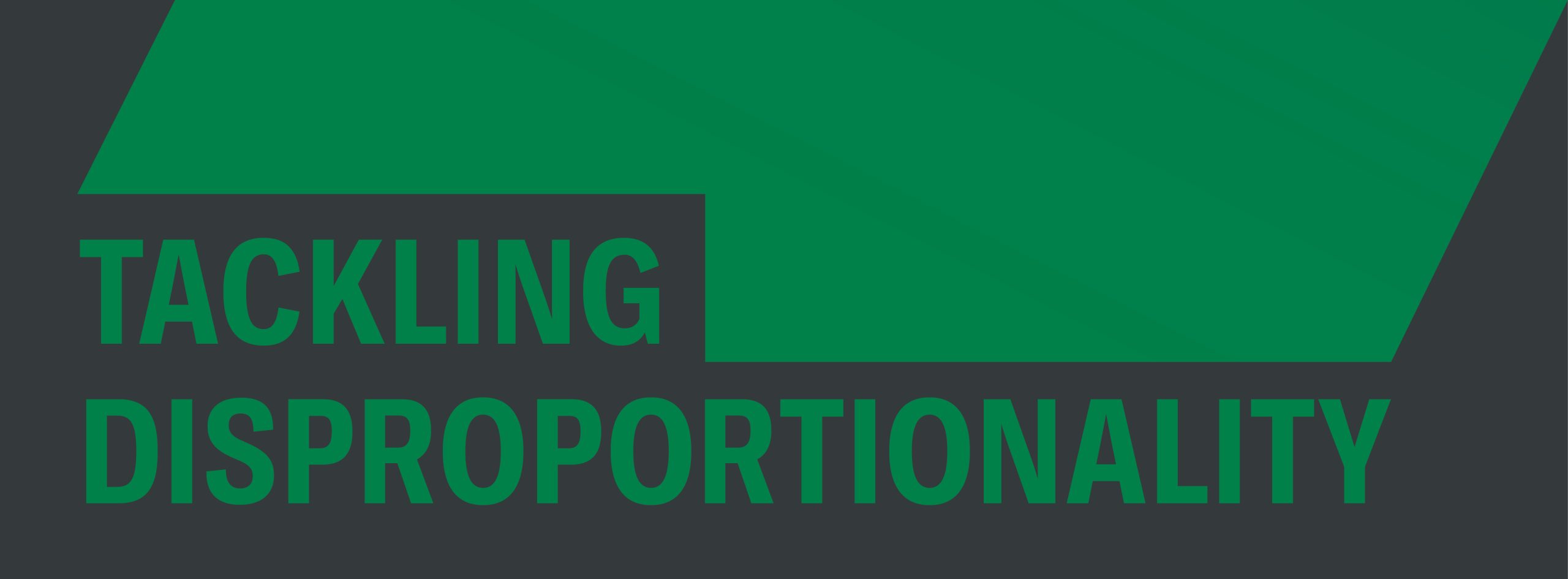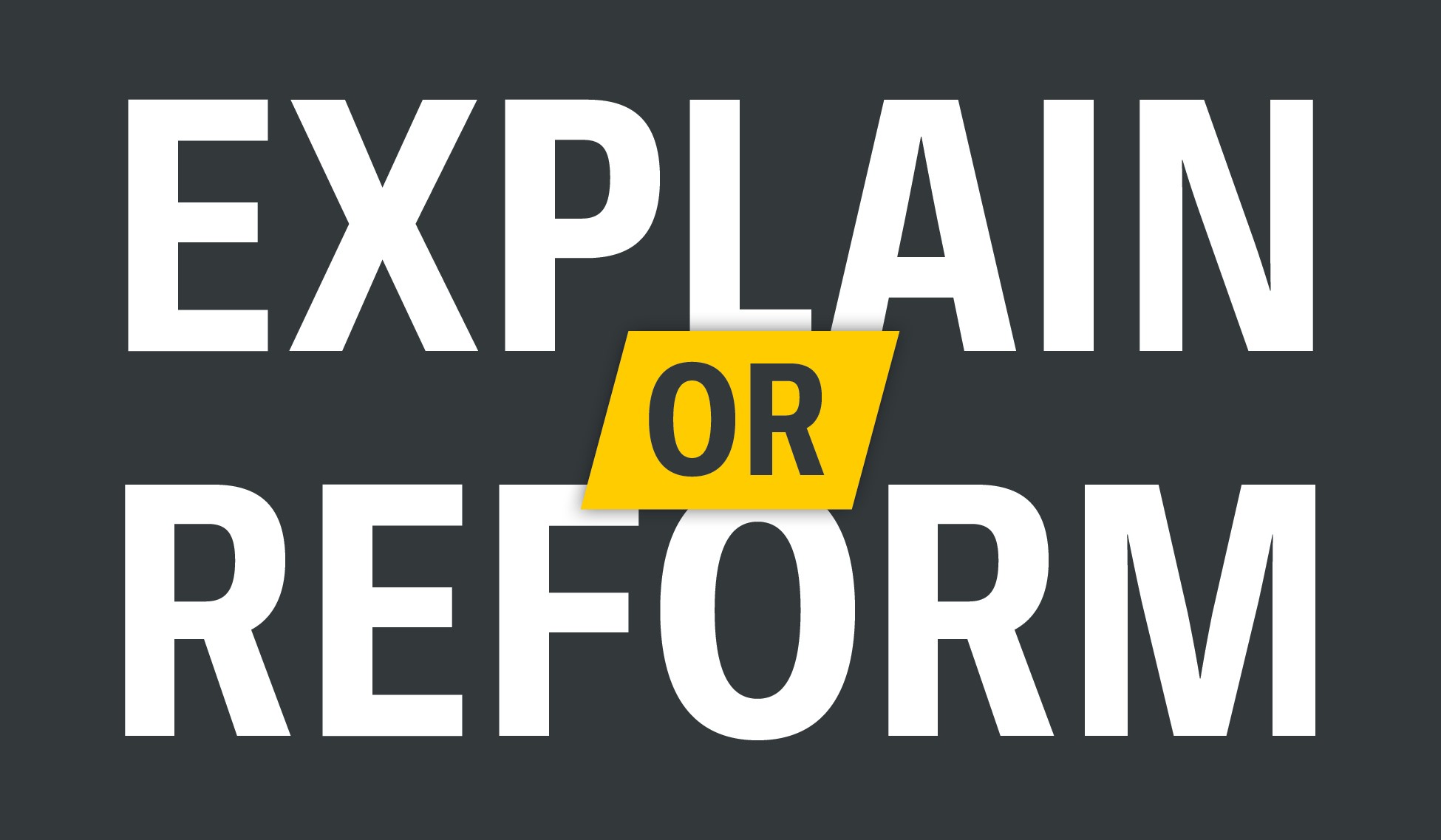Tackling Disproportionality

What is racial disproportionality in the criminal justice system?
Racial disproportionality in the criminal justice system refers to the overrepresentation of marginalised racial or ethnic groups at all stages of the legal process, such as stop and search, arrest, prosecution, and sentencing.
This over representation is linked to systemic biases, racial profiling, and racial inequalities that lead to unequal treatment.
What are we doing?
“In order to achieve a fairer criminal justice system in which every group and every individual can have confidence, we need to work together to remove discrimination root and branch from UK society and its institutions.”
These are words from the Identifying Disproportionality in the Avon and Somerset Criminal Justice System Report, published in 2022.
The OPCC is coordinating a multi-agency approach to the report. They are asking the senior leaders involved to drive the cultural change required to ensure that the criminal justice system is more equitable, so people can feel and see the difference through their experiences in the future.
Who is involved?
Tackling Racial Disproportionality Steering Committee (SteerCo)
The Tackling Racial Disproportionality Steering Committee (SteerCo) was set up in March last year.
It is chaired by the Chief Constable of Avon and Somerset Police Sarah Crew and member of the Police and Crime Panel Asher Craig, who are leading delivery of the recommendations through the group, to drive the changes needed in culture and leadership in relation to racial disproportionality across all agencies.
Tackling Racial Disproportionality Independent Scrutiny Board (ISB)
An independent public scrutiny board was formed at the end of 2023, to monitor and support progress – the Tackling Racial Disproportionality Independent Scrutiny Board (ISB).
It’s made up of nine influential individuals from across the Avon and Somerset area, who bring their professional expertise and personal lived experiences to helping make sure lasting change and equity are achieved in the criminal justice system.
Desmond Brown – race equality campaigner and independent chair of the original review – is chair of the ISB.
The report
The report was commissioned in 2019, by the previous Chief Constable and Police and Crime Commissioner (PCC) for Avon and Somerset, Andy Marsh QPM and Sue Mountstevens OBE, as joint chairs at the time of the Avon and Somerset Local Criminal Justice Board.
It was in response to the national Lammy Review – an independent review of the treatment of, and outcomes for, Black, Asian and Minority Ethnic (BAME) individuals in the Criminal Justice System (CJS) – led and published by David Lammy MP in 2017.
The aim of the localised review was to take a local approach to the principle of “explain or reform” in respect of any identified disproportionality within the agencies who deliver the criminal justice system in Avon and Somerset.
The review investigated data processes and policies in five areas of focus including:
- Stop and Search in policing
- Out of Court Disposals (OOCD)
- Youth Justice
- Prisons
- Human Resources – recruitment, retention and progression of employees from Black, Asian and minoritised communities.
The final report set out 83 recommendations for all agencies involved in delivering criminal justice across Avon and Somerset.
What disproportionality did the report find?

The report focused on the notion that if the agencies involved are not able to explain any racial disproportionality, they should reform. Some of the findings from the report included:
- 50 per cent of police officers surveyed said they were unsure or did not know about ethnicity disproportionality in the system.
- Compared to the 2011 census population data for Avon and Somerset, the following people from ethnicity groups are more likely to be arrested for violence against the person, drug, and public order offences (2019/20), in comparison to white people:
- Black people are 3.4 times more likely
- Mixed ethnicity people are 2.1 times more likely
- People who fall in to the ‘other’ group are 2.4 times more likely
- HMP Bristol officers recorded their use of force on Body Worn video in 10 per cent less cases for Black, Asian and Minority ethnic individuals.
- In 2020 there were no senior police officers who identified within the Asian or Black Groups. There were no BAME staff employed in Band 7 and above in our prisons.
- MOJ analysis published in 2016, stated that within drug offences, the odds of receiving a prison sentence were around 240 per cent higher for offenders who define themselves as being from a Black Asian or Minority Ethnic background offenders, compared to White offenders.
- Targets and key performance indicators around tackling disproportionality need to be established, routinely monitored, and published to ensure transparency to evaluate the performance of A&S partners and ensure accountability.
- Partner agencies across Avon and Somerset have communicated their commitment to equality and diversity, however, there are issues around disclosure and transparency of data. Therefore, this poses challenges when trying to measure, monitor and evaluate the effective of policies and actions to address disproportionality.
